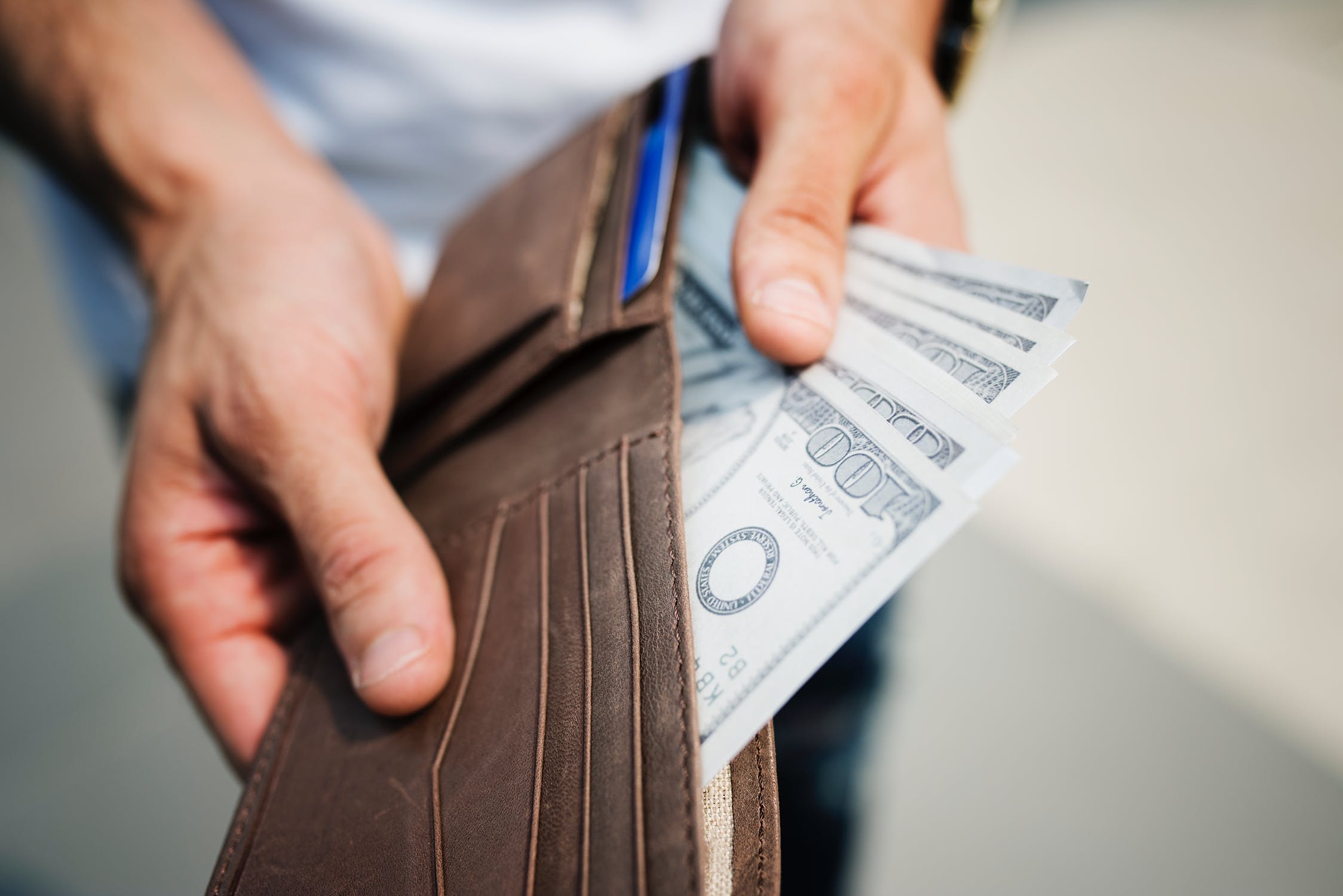Though more people than ever continue to pay with debit and credit cards, as well as digital wallets, several factors look like it will be a long time before the United States goes anywhere near cashless.
The Numbers Say A lot, But They’re Not Enough
Recently released research released by Square Inc. titled, “Is the Cashless Society All Hype?” shows consumers are embracing digital payments for single purchases that cost less than $10 each. In fact, between 2015 and 2019, consumers using cash for $5, $20, and $50 purchases have steadily declined each year.
To get a clearer idea, look at these numbers: In 2015, 59% of consumers used cash, and 41% of consumers used cards to pay for a $5 purchase. By 2019, 51% used cash, and 49% used cards for the same purchase.
The numbers show that the more expensive the purchase, the more likely the shopper will use a card. For a $50 purchase in 2015, 25% of consumers used cash, and 75% used cards. This year, the number of cash users fell to 21%, and card users rose to 79% for $50 purchases.
Though major cities and even suburban areas are leaning toward more digital payments, cash still remains supreme in states, like Iowa and Wisconsin.
Not Everyone Is On-Board with Abandoning Cash
Then, there is the fact that many small business owners don’t see a cashless society in the U.S.’s future. More than 70% of small business owners don’t believe the nation will go entirely cashless, and the majority of them say they won’t move ahead with a cashless business model because all customers wouldn’t like it.
To a degree, they are probably right. Some businesses throughout the world have gone cashless, but have been met with backlash from governing bodies. Businesses in New Jersey and Massachusetts, and the cities of Philadelphia and San Francisco must accept cash, according to laws that were past in these locales. The only exceptions are car rental and parking garages in New Jersey and Philadelphia.
States and cities are banning the practice because it discriminates against those who are unable to get approved for credit cards or lack the funds to pay for smartphones that would allow them to pay with digital wallets.
Similar legislation is pending in Chicago, New York City, and Washington, D.C., as well as Connecticut, Oregon, and Rhode Island. Additionally, U.S. Representatives from Rhode Island and New Jersey recently introduced bills that address the issue at the federal level.
The Pushback Changed Some Merchants Minds
After the criticism over Amazon’s plan to open up to 3,000 no-cash stores in the nation by 2021, the retail giant relented. In the spring, it announced its Amazon Go convenience store would accept at its locations. To date, Amazon has only open about a dozen stores.
In Conclusion
Though there are a fair amount of cashless merchants and a large number of consumers who have embraced this business model, many realize it’s time, yet in the U.S. to abandon cash money. As long as there is even a small group of people who want to pay with cash, it is prudent for merchants to give the option to do so. Merchants that provide the most payment options will retain and attract the most customers. Unless something significant happens in the near future, expect cash to have a place in the American economy.
Apply for Credit Card Processing
Businesses that need merchant accounts to accept debit and credit card payments should consider applying for them via eMerchantBroker.com. EMB works with all types and sizes of businesses, including startups and high-risk merchants. Apply online today.


